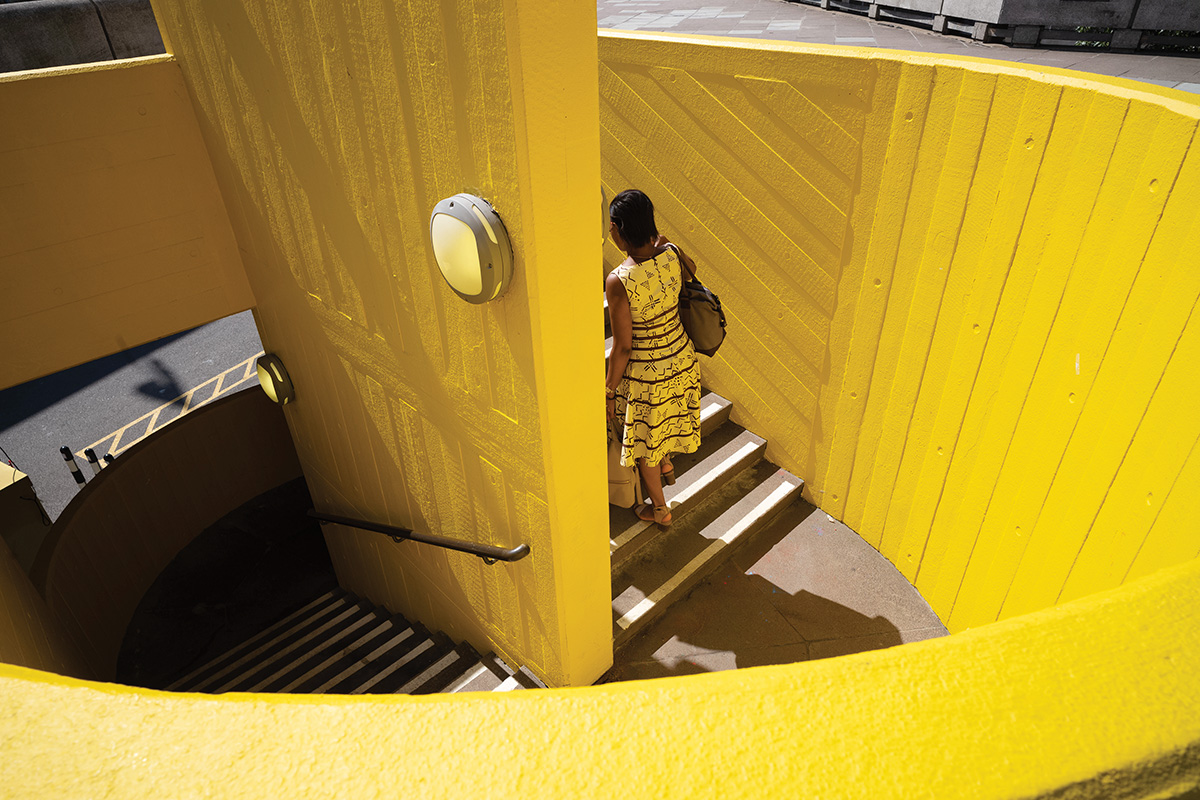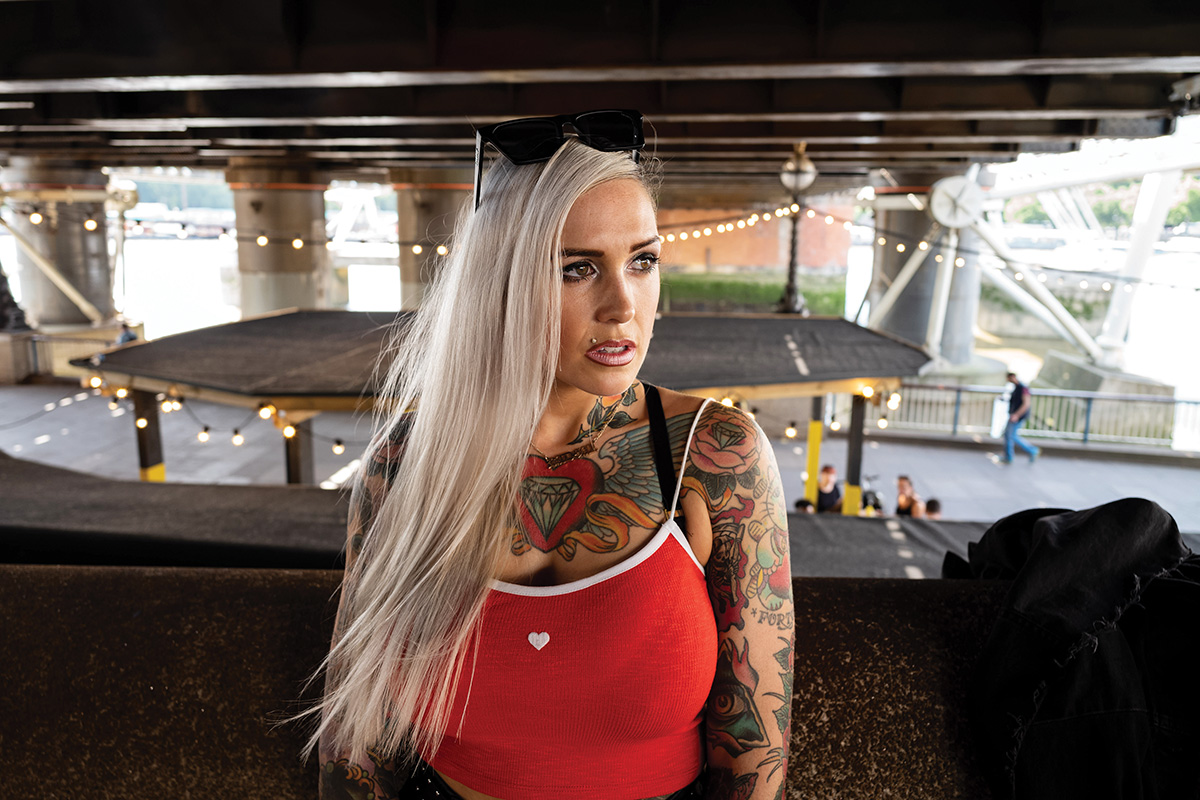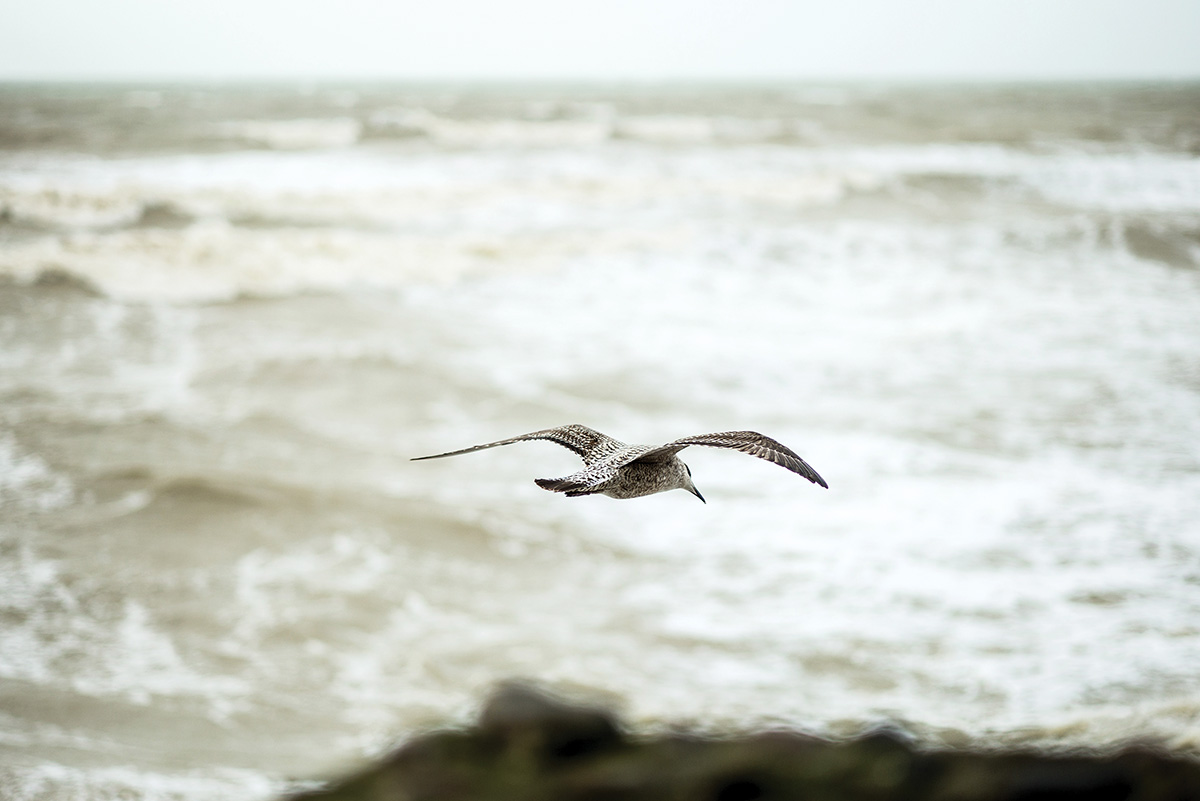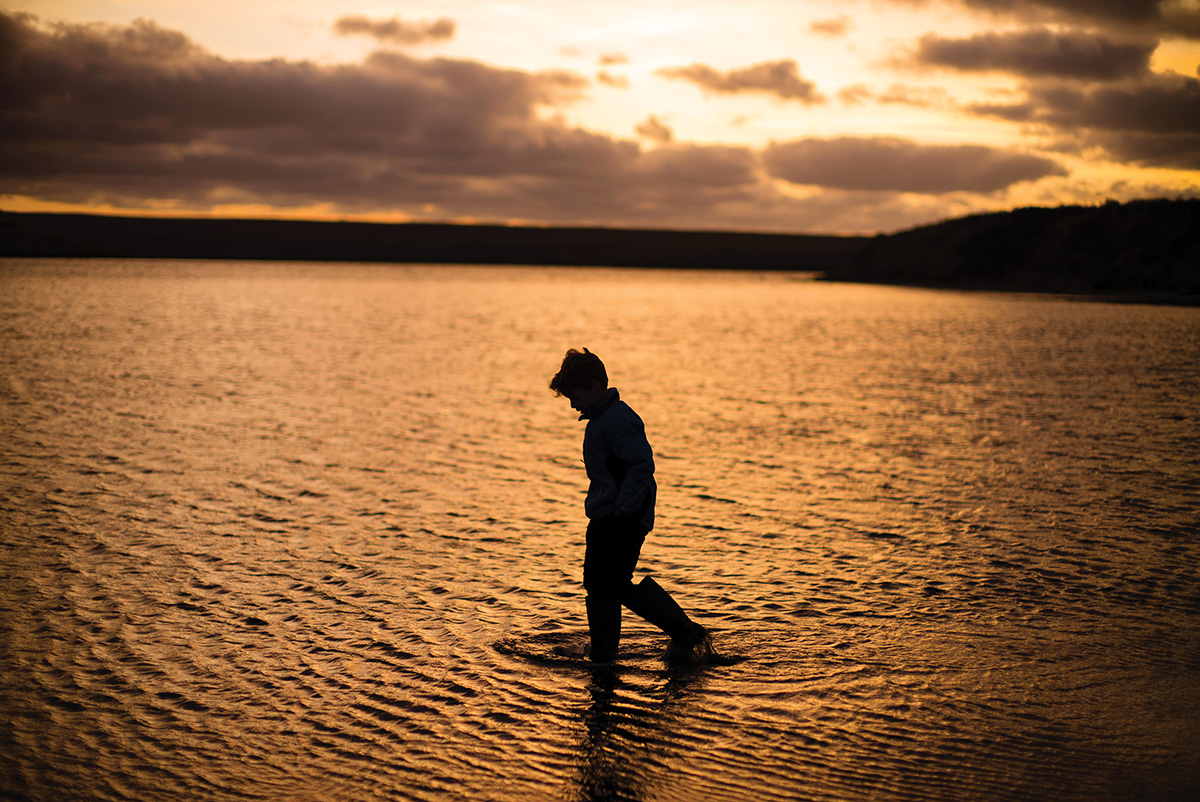The Value of Dialing It In
Learning how to use a manual focus lens can improve your skills as a photographer.
• May 2021 issue
When I’m photographing at a press conference or other event, I often see other photographers look askance when they see me using manual focus lenses on my Leica. I can tell they want to know why I bother with such ancient technology.
I have 30 years of experience in the business of corporate photography, and I handle some 300 commissions a year. I have no issue with autofocus lenses or the most tech-laden modern cameras. They produce great results, so I can understand why some photographers are baffled when they see me using manual lenses they might consider old-fashioned and even inferior.
When I’m asked about it, I let my pictures do the talking. When skeptics have the chance to compare results, they see the difference.

I have long favored Leica manual lenses. At photo shoots, working reasonably close to the subject, I use the 50mm Leica Noctilux-M lens. My images, taken at the same events with exactly the same conditions as every other professional photographer there, invariably have more acuity. The colors are both brighter and truer, and they show excellent contrast. I also find my Leica manual lenses produce images with more clarity, giving an almost 3D look.
In poor or unfavorable light conditions, manual lens performance can be even more impressive. With them I can shoot in near darkness or foggy conditions. Meanwhile, an autofocus lens will be forever hunting in low light for the shot and never find it.
Images I’ve taken with a manual lens have been so good that national newspaper picture desks have called my clients to comment on their quality. The esteemed Magnum Photos agency echoed those comments during a portfolio review I went to last year.

Once they determine the exposure settings, photographers using manual focus must devote all their attention to the subject, giving the shot thought and consideration.
Technical excellence is one strong point in favor of manual lenses, and there’s more to it than that. Because using a manual lens demands concentration and decision-making, it ensures each shot receives the thought and consideration it deserves. Using a manual is an active, involved process that demands so much more than holding down the shutter release and pointing an autofocus lens at the subject. This is the essence of the manual’s advantage. The thought and effort one puts into the shot is rewarded with the quality of images.
Admittedly, someone using a manual lens will take fewer shots than someone using autofocus, but with practice you end up with more images you choose to keep. It’s similar to how a skilled boxer with good instincts lands more effective punches and doesn’t waste energy doing it.

With practice, it doesn't take long to get measurably better images. You may take fewer photos but end up with more that are worth keeping.
Learning how to use a manual lens delivers a satisfaction that can only come from truly mastering the craft. With a manual lens, the photographer has to concentrate fully on the subject, having first considered exposure, focus, aperture and ISO. For anyone considering trying a manual, the good news is that it doesn’t take ages to get measurably better images. I reckon when I finally ditched autofocus lenses in favor of manual ones about 10 years ago, it took me less than a month to get my dexterity and judgment up to speed.
Another plus for the manual is that they are virtually indestructible—be they Leica, Nikon, or Canon—and there are very few things that can go wrong with them because they have no electronic contacts to be contaminated or autofocus motors to go wrong. They can tolerate an amount of abuse that might lead an autofocus lens to end up as a box of bits.
One last thing in their favor: Manual lenses are less intimidating for subjects in front of the lens. Because they are small and unthreatening, subjects don’t tense up the same way they do when a huge lens is pointed in their face. And because manual lenses are compact, you can shoot more discreetly. A few years ago, I was able to get much nearer to Chinese premier Xi Jinping with my Leica manual than the rest of the press pack, somehow managing to avoid body guards and PR minders for some great shots.
If you remain unconvinced, my best argument is simply to give a manual lens a go. With a little patience and practice, I’m certain you’ll be glad you did.
Douglas Fry is managing director of Piranha Photography in London.


 View Gallery
View Gallery
